How to be an exotic dancer
Exotic Dancer or Stripper - Salary, How to Become, Job Description & Best Schools
How to Become an
The complete career guide to be an Exotic Dancer or Stripper: salary, job growth, employers, best schools, and education you may need to get started.
Why We Love It
Exotic dancers may work in strip clubs, they may perform at private events like bachelor or bachelorette parties, or they may do both. They perform on stage, dancing and performing acrobatic tricks on a pole, or they may also perform lap dances with individual customers in secluded areas.
What is an Exotic Dancer or Stripper?
The following job responsibilities are common for individuals in exotic dancer or stripper roles:
- Earn tips by performing dance and acrobatic routines on stage at a strip club
- Earn money by providing individual lap dances for established fees, or earn money by performing strip teases at private parties
- Mingle with customers and engage in conversations to encourage private sessions and repeat visits
- Put together costumes, hairstyles, and makeup that are attractive and provocative
A Day in the Life
Exotic dancers may work in strip clubs, or they may perform at private parties. Some earn money through both types of engagements. For both roles, exotic dancers perform dance routines, acrobatics on a pole, and other types of entertainment. Some exotic dancers remove all of their clothing during performances, and others are required by law to keep certain pieces of clothing on. However, most strip tease sessions end with the exotic dancer wearing as few clothes as legally possible.
Most exotic dancers are self-employed. They are generally not employed by the clubs they work at and actually pay a fee to rent the stage and space used at strip clubs. Because of this, they do not earn an hourly rate and are dependent on the money they make from dances and tips to earn a living. While exotic dancers make some tips from dances performed on stage, they generally earn most of their money from private lap dance sessions. These are charged for by the song or by a specific time period.
Different states have different rules around what exotic dancers are and aren’t allowed to do. In some states, private lap dances are prohibited. Some states allow full nudity, some allow topless dancing only, and some require dancers to wear tops and bottoms. Some states prohibit touching between dancers and customers, where others allow minimal touching. Because of this, the day to day responsibilities can vary greatly based on where an exotic dancer works, as well as his/her own personal guidelines.
In some states, private lap dances are prohibited. Some states allow full nudity, some allow topless dancing only, and some require dancers to wear tops and bottoms. Some states prohibit touching between dancers and customers, where others allow minimal touching. Because of this, the day to day responsibilities can vary greatly based on where an exotic dancer works, as well as his/her own personal guidelines.
Typical Work Schedule
Because most exotic dancers are independent contractors and work for themselves, they can work as much or as little as they want. They can also set their own hours, though most tend to work evenings and weekends because those are the times when they can make the most money.
Typical Employers
Most exotic dancers work for themselves and simply rent space and stage time at strip clubs. However, some exotic dancers may work for the clubs they dance at, and some may work for exotic dancer services that provide strippers for private events like bachelor or bachelorette parties.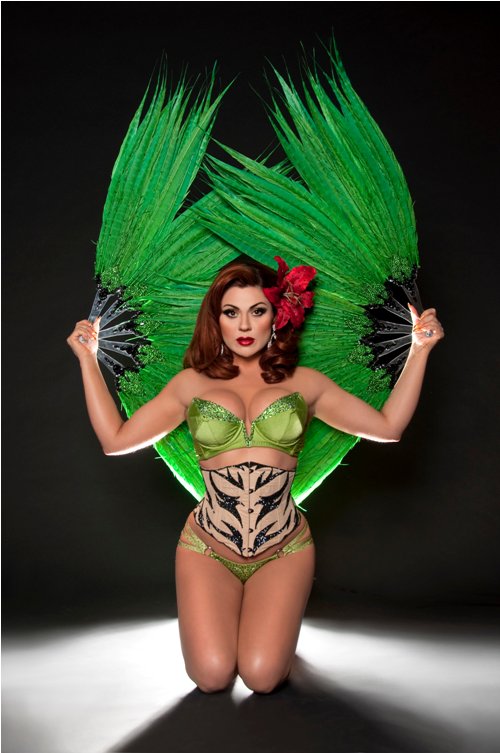
How To Become an Exotic Dancer or Stripper
No formal higher education is required to become an exotic dancer. In fact, many exotic dancers choose the occupation as a way to earn great money while in college pursuing a degree. The primary requirement for most exotic dancing roles is that you’re of legal age to work as an exotic dancer in your area. Each state has its own laws and regulations over age restrictions, as well as clothing requirements and other laws—so make sure to educate yourself on the legalities of the role before auditioning.
Becoming an exotic dancer is usually a matter of auditioning successfully. Some clubs will have amateur nights where they allow multiple aspiring exotic dancers to audition, and some will allow you to walk in on any night, get up on stage, and start dancing to prove you have the skills required. Physique may or may not be important—different clientele want to see different things—but stage presence and talent are critical. Whether you’re being hired by the club or just renting the space, clubs want exotic dancers who can draw crowds and will get rid of those that don’t have the right talents to appeal to audiences.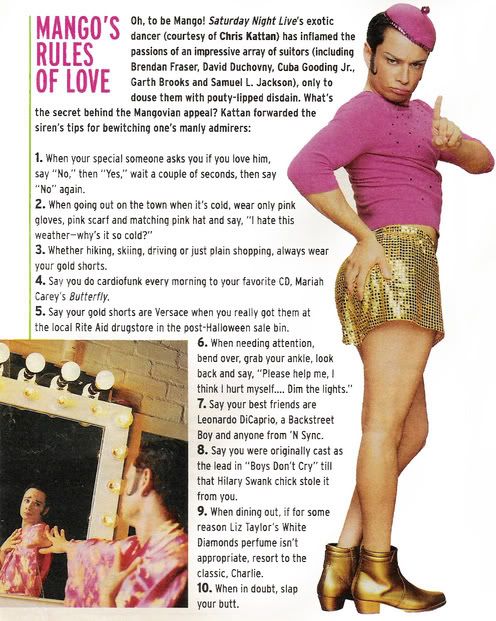
Succeeding as an exotic dancer that works for private parties is usually a matter of advertising your services at the club to receive invitations to work at events, or marketing your services in other ways. Some exotic dancers maintain websites and business cards, and others market services through a paid third-party provider that refers clients to the exotic dancer when appropriate. Some marketing and business skills can be helpful in this line of work since you’ll be accountable for generating all of your own income.
Exotic Dancer or Stripper Salary Data
We’ve provided you the following to learn more about this career. The salary and growth data on this page comes from recently published Bureau of Labor Statistics data while the recommendations and editorial content are based on our research.
National Anual Salary
Low Range
---Average
---High Range
---National Hourly Wage
Low Range
$9/hrAverage
$18/hrHigh Range
$33/hrHow do Exotic Dancer or Stripper salaries stack up to other jobs across the country? Based on the latest jobs data nationwide, Exotic Dancer or Stripper's can make an average annual salary of ---, or $18 per hour. This makes it an Above Average Salary. On the lower end, they can make --- or $9 per hour, perhaps when just starting out or based on the state you live in.
This makes it an Above Average Salary. On the lower end, they can make --- or $9 per hour, perhaps when just starting out or based on the state you live in.
Salary Rankings And Facts
Highest Education Among Exotic Dancer or Strippers
- 0.5% Doctorate
- 4.3% Masters
- 17% Bachelors
- 10.6% Associates
- 29% College
- 26.7% High School
- 11.9% Less than High School
Job Growth Projections and Forecast
2014 Total Jobs
13,0002024 Est. Jobs
13,600Job Growth Rate
4. 6%
6% Est. New Jobs
600How does Exotic Dancer or Stripper job growth stack up to other jobs across the country? By 2024, there will be a change of 600 jobs for a total of 13,600 people employed in the career nationwide. This is a 4.6% change in growth over the next ten years, giving the career a growth rate nationwide of Below Average.
Growth Rankings And Facts
What Companies Employ The Most Exotic Dancer or Strippers
| Industry | Current Jobs | New Jobs Needed | % Increase |
|---|---|---|---|
| Self-employed workers | 2,000 | 100 | 0% |
| Drinking places (alcoholic beverages) | 1,700 | --- | --- |
| Other schools and instruction; private | 900 | 200 | 0% |
Want To Be an Exotic Dancer or Stripper? Get Started!
Generate your free SmartPlan™ to identify colleges you like, and potential ways to save on a degree or certification program toward your career with courses, offers, and much more!
Enroll Now and Get Started
or Learn More →
Become an Exotic Dance - MVP Hospitality Group
How To Become An Exotic DancerDo you have a strong work ethic? Do you have the grace, style, confidence, and moves to thrill an audience? If this sounds like you, we can make you a successful and high-earning stripper, regardless of experience.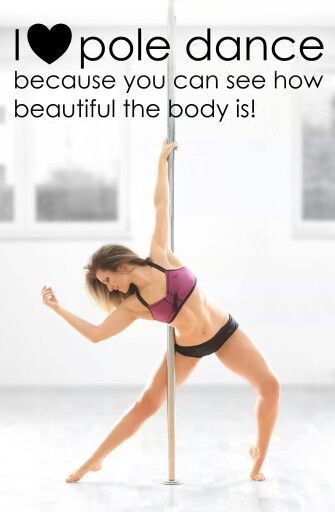
You don't have to be a professional dancer to be a great stripper -- but, you have to have knockout confidence and a willingness to learn. Strippers need to be able to dance -- so if you want a gig in this industry, you'll need at least a couple of basic stage moves. YouTube hosts hundreds of videos, especially if you do a "beginning pole dance move" search. Watch some other girls perform to get an idea of what a good routine looks like is a good idea. Eye contact, a smile, and body awareness will go much further than back-breaking moves.
No formal higher education is required to become an exotic dancer. Many exotic dancers choose the occupation to earn great money while in college pursuing a degree. If you've never danced before, we'll quickly introduce you to the role so you can decide if it's for you. Just send us a message; we'll be happy to answer any questions you may have. Our management team works with you so you can achieve your highest earning potential.
We do this in a few ways:
- Full support and coaching through the role, including attire, hair and makeup advice
- Professional management that works to keep drama at bay
- Sales training, so you learn how to increase your nightly earnings.
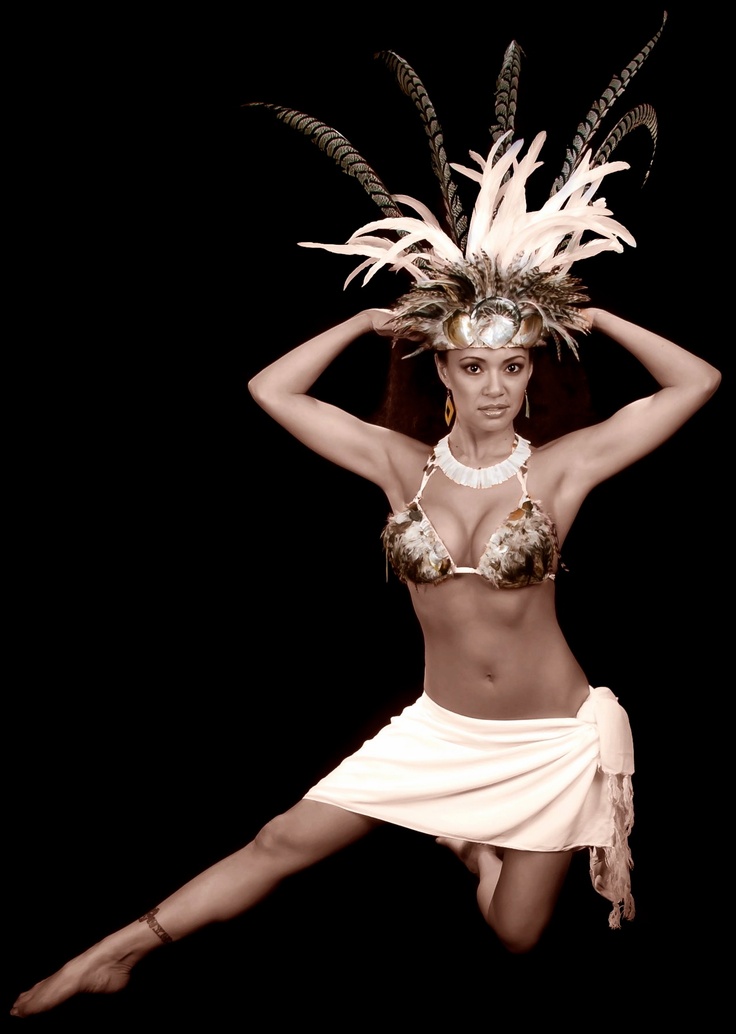
- Help with goal setting – because we know entertainers are here for a good time, not a long time!
If you’re envisioning yourself on our stage, the first step is to apply. You don’t have to be a professional dancer to make it, but you do need knockout confidence and a willingness to learn. Ultimately, we’re looking for a great attitude, a bit of talent, and a commitment to going above and beyond for guests. At all of our gentlemen’s clubs, we provide training for all our entertainers, so even if you’re new to exotic dancing, you can be confident in your future career.
Stripping is a sales jobYou're selling your time and attention. You can't just show up expecting to make bank. Competition is fierce. The job is based partly on looks, but some girls look like supermodels that leave the club in the red. It takes more than pole-dance classes and locker-room selfies to become a stripper. Stripping -- and the hustle of selling your time and company -- is a competitive sales job.
Stripping -- and the hustle of selling your time and company -- is a competitive sales job.
- Become a good talker: For many, this is the most challenging part of the job. You will hear a lot of the same questions. A simple, "Have you been here before?" or "What did you do today?" can go a long way. A stripper's hustle is akin to speed dating: You're trying to gather information and get to know a total stranger in a short amount of time. Some folks want to talk, others want to listen to you speak, and many people will be happy to open up once you establish a rapport.
- Practice good health habits: Don't drink too much and avoid hard drugs. It's not sustainable. Doing so means losing money, hurting yourself, getting into arguments, or being at a terrible disadvantage.
- Get in shape: You don't have to have a perfect body, but it's a good idea to start toning up. You'll feel more confident on stage, too, and confidence is essential.
 With that said, dancing is taxing, especially in a pair of super high heels. Getting in shape will help you prepare for the physical demands of the job.
With that said, dancing is taxing, especially in a pair of super high heels. Getting in shape will help you prepare for the physical demands of the job. - No glitter: Glitter gets everywhere and is challenging for clients to maintain discretion when covered in it. Clients may not book a dance with you because of it
- Resources: Check out these sites: How-To-Strip.com and StripandGrowRich.com.
Earning potential of working as an exotic dancerEasily the most common question we hear about working at our gentlemen's clubs is, "How much money do strippers make?" Because we're among the top-rated strip clubs, we're one of the highest-paying gentlemen's clubs.
The better salesperson you are, the better chance you might have at making better money. Private dances will earn you more money than tips from stage performances. Our dancers can earn as much as $6,000 for a single day of work, while our other staff enjoys competitive wages that far outpace the competition.
How to audition to be an exotic dancerAt our clubs, we don’t hold auditions. You will have you schedule an interview by applying online at your chosen location. We don’t accept walk-in interviews. Please have patience, we get several hundred applicants each week, so you may have to wait a few days to hear back. Once you apply, our hiring manager will reach out to set up an interview. You will need to have a valid photo ID to be interviewed, so be sure to bring it. You’ll then meet with a manager where they’ll get to know you, go over what they are looking for, and answer any questions you may have to make sure it’s an excellent fit for both you and them.
Ready to become a stripper?If you have a positive attitude, outgoing personality, like a bit of fun and don't mind the saucier side of life, then we want to hear from you! We offer full time and part-time positions and outstanding working conditions – we value our team and believe in our people. Have the jitters…? Contact us! We're happy to answer any questions you may have!
Have the jitters…? Contact us! We're happy to answer any questions you may have!
I want to dance. 10 misconceptions about dancing
The desire to learn how to dance is natural and natural in the modern world. You can list the reasons, starting with obvious and popular pragmatic desires, for example, to start moving or losing weight, ending with unconscious and even existential ones.
This is due to the fact that dances are at the subtle intersection of the inner and outer worlds, physical and spiritual. Above this, music becomes a driver that cannot leave anyone indifferent.
In dancing, there is magic inside a person, which is not always noticeable when viewed from the side. At the initial stage, it is the external picture that attracts to dances, and sometimes repels, as it seems too frivolous and superficial.
But there are even stronger obstacles that stop many people from starting dancing. These illusions and delusions roam the minds of the majority, and are often afraid to ask about them directly, or they ask the question about it so often that they are no longer ready to hear an honest direct answer. I will try to do it in this article.
I will try to do it in this article.
There are many examples of contemporary dance instructors sharing their thoughts about not expecting to be in the dance industry. Once upon a time there was a man and was engaged in adult, serious business. Sometimes even very serious. A person could have children and even grandchildren. I saw dances only on stage or on TV. For reasons unknown to himself, he ended up in dances. At first, everything seemed like entertainment and a useful pastime. But time has passed, and a person catches himself thinking that he thinks about dancing not just every day, but really all the time. A couple of years pass, and he already becomes a teacher or organizer of some event.
A similar path can start at 15 or 55 years old. The only difference will be in the self-perception of the starting stage, that it’s too late to dance. In fact, for each age there is its own dance direction, which can reveal it to the greatest extent at this stage. Hip-hop or breaking is closer to children and teenagers, and Argentine tango is closer to adults. It's never too late to start dancing. You need to make the right choice of dance style based on several parameters: age, gender, music, goal. There is a dance direction for any arrangement.
Hip-hop or breaking is closer to children and teenagers, and Argentine tango is closer to adults. It's never too late to start dancing. You need to make the right choice of dance style based on several parameters: age, gender, music, goal. There is a dance direction for any arrangement.
Misconception 2: Men don't dance
Our culture has a number of restrictions related to dancing. Most of these causes are psychological and lie outside the realm of rational reasoning.
First, in our culture, in principle, dancing for pleasure or self-expression appeared relatively recently. 20-30 years ago dance clubs were only for children. To start dancing even in adolescence was considered exotic.
Secondly, the aesthetics of the body in our country for men is not in the focus of attention. In general, this can be attributed to the fact that Russian men try hard not to draw attention to their appearance and clothing. Men in our country use other tools for this.
Third, dancing is associated with entertainment and alcohol. If a man feels serious and respectable, then he either does not have time or desire for this.
Nowadays the general cultural background has changed and the result is that men are learning to dance. It becomes as much a sign of masculinity as clothing, hair or beard.
Unfortunately, many misconceptions remain even among those who have already started dancing. Dance teachers do not always pay attention to this, as it seems to them that this is a matter of course.
Fallacy 3: special training is needed
For an outside observer, there is always a cognitive dissonance about what dance is. What he sees on the big stage in the form of a show with sweeping movements and splits is obviously dancing. Breakers doing unimaginable elements in the air and on their hands, competing with each other, also seem to be dancing. Pensioners in the park waltz. Dancing again, but for some reason everyone is so different. How to understand that this is a dance, and what physical criteria should be in the body.
How to understand that this is a dance, and what physical criteria should be in the body.
In fact, any self-expression through the body to music can be attributed to dance. There are a number of reservations, but they are not essential. For self-expression, a person uses the set of plastics that he has. Subtlety and technique do not depend on extreme ways of self-expression, and it often happens that splits and somersaults interfere with a meaningful dance. The development of plasticity and the expansion of the body's capabilities are part of the preparation of the dancer, but not an end in itself.
Fallacy 4: You must learn to dance in pairs
In couple dancing, the final learning outcome is that the couple dances at a party. It would seem that you should always train together to get the desired result. This is not true. Let's take an example from boxing. An indicator of a boxer's skill is a fight with an opponent, but this does not mean that he constantly has to fight. Also, the ability to dance is built on the possession of one's own body and the ability to interact.
Also, the ability to dance is built on the possession of one's own body and the ability to interact.
The skill of the teacher is the correct selection of methods so that the student masters the skill. Based on the skill, you can engage in creativity and self-expression in dance. Not everyone knows, but it is no coincidence that almost all social dance dancers have a serious dance background, which is based on the development of individual techniques.
The same can be attributed to the interaction in a pair. The ability to separate in oneself the one who leads and the one who follows the lead is impossible within the framework of studying the sequence of movements in pairs. For this, there are special exercises that make the skill more versatile. For this, the presence of a permanent couple is not necessary, as well as the regular presence of a partner in general.
IMPORTANT! You can’t experiment at a party, and everything should be in its place there: men dance with women.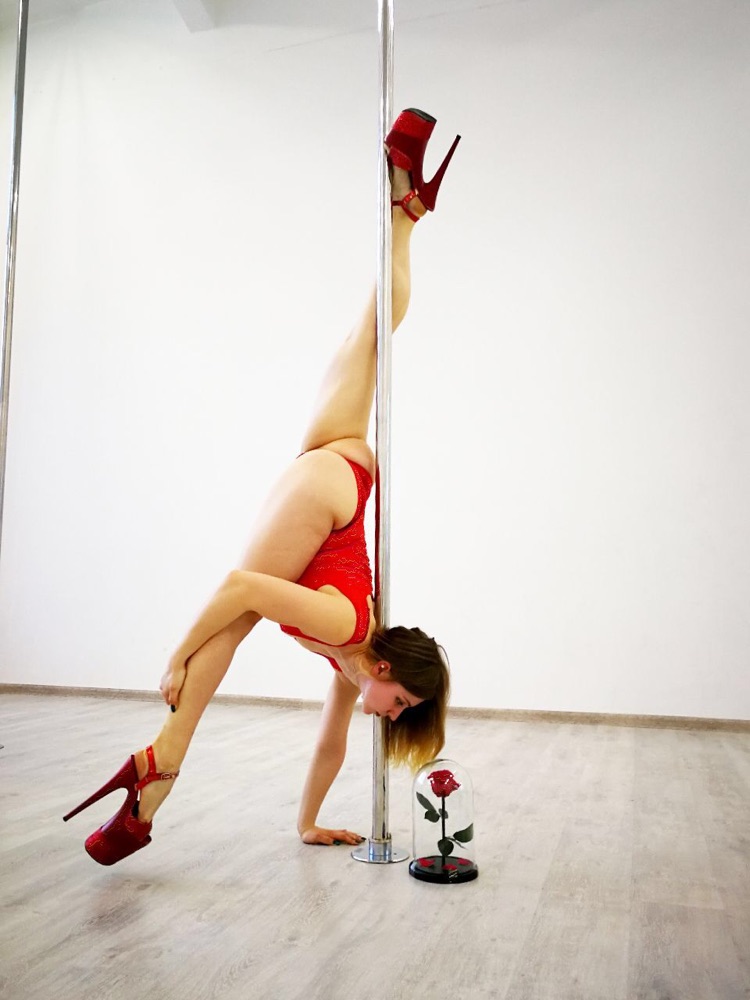
Getting rid of illusions is a complex internal process. If you leave them to yourself, you can even get the opposite result.
Fallacy 5: plastique and stretching are mandatory attributes of dance
Much depends on the genre of dance that you want to master. In previous articles, I have already mentioned that different dance styles are suitable for different ages. It is appropriate to dance hip-hop in adolescence or youth, Argentine tango is a more adult dance, it is important to enter classical choreography at a young age.
The degree of necessary plasticity and sensitivity to the dance direction also correlates. For example, breaking requires great physical effort and dexterity. Elements are built on acrobatics and high speed of execution. Who are they more suitable for? Obviously young people.
There is a lot of interaction in salsa. It is necessary to feel the partner subtly, to be able to show a variety of figures and elements. Twine or acrobatics are completely inappropriate here. However, a variety of ways to show oneself are required. Accordingly, the dance is youthful, but not at all childish.
Twine or acrobatics are completely inappropriate here. However, a variety of ways to show oneself are required. Accordingly, the dance is youthful, but not at all childish.
The older the dance, the less stretching or acrobatics is required. The main emphasis is on the quality of technology, the variety of ideas and the ability to show plasticity.
Misconception 6: Mirrors are necessary for learning
There is a set of instruments that dancers use to learn how to dance. The fact is that the dancer needs to receive feedback on how his movements look from the side. It is impossible to dance and see yourself from the side at the same time. The most common tool is a mirror. But not the only one.
Like any auxiliary tool, mirrors have positive and negative effects. The positive is that they can receive feedback in real time and technically it is not very difficult. The downside can be dependence on mirrors. A situation where a dancer cannot capture the feeling of dancing, such as on stage or at a party. For these purposes, you can use, among other things, video filming or proper preparation.
For these purposes, you can use, among other things, video filming or proper preparation.
In many countries in Latin America, dance classrooms are not equipped with mirrors. Classes are held in bars or large halls. The dancers initially form the skill of focusing on the inner sensation, and not the habit of looking for their reflection in the mirror with their eyes.
Misconception 7: there is a lot of obsceneness in dancing
A common question from novice dancers who are taking their first steps in more contact couple dances is “in order to dance cool, there must be passion inside the couple?”. I immediately answer that no, not necessarily. Kizomba, bachata and Argentine tango attract many with their close contact. Like any other contact in our everyday life, in dances, contact can be different. We hug friends, parents, children. These hugs can wear many different shades. Sexual overtones are one of many.
The culture of dance also includes the boundaries of what is acceptable. A compliment from a well-mannered person is different from a statement about female sexuality by a gopnik. Usually, those who study at a dance school already have an idea of what boundaries should not be crossed. A good dance from a technical point of view will never look vulgar or vulgar.
A compliment from a well-mannered person is different from a statement about female sexuality by a gopnik. Usually, those who study at a dance school already have an idea of what boundaries should not be crossed. A good dance from a technical point of view will never look vulgar or vulgar.
Dancers always have a choice about the boundaries of contact. Most prefer to leave a good impression of themselves, as word spreads just as fast in the dance world.
Misconception 8: the best dancers are the bearers of culture
Even the very question of the origin of this or that dance can be paradoxical and ambiguous, especially when it comes to its development and performance.
For example, the Viennese waltz did not originate in Vienna, but in Germany. Salsa has its main roots in the USA, not in Cuba. The famous Greek folk dance sirtaki was invented for the film Zorba the Greek and appeared only in 1964.
The same can be attributed to the development of modern dance styles. Korea is known for its world-leading break dancers. People go to Turkey for Argentine tango, Spain is strong with excellent salsa and bachata dancers, in Egypt, Russians are considered the best belly-dance performers.
Korea is known for its world-leading break dancers. People go to Turkey for Argentine tango, Spain is strong with excellent salsa and bachata dancers, in Egypt, Russians are considered the best belly-dance performers.
A good dance is based on quality training and diligence. Skin color, place of birth and age are secondary. Exotic appearance, unfortunately, is often a reason to be more superficial about one's own professional development. This becomes the reason for the low level of teaching among the bearers of culture. I am sure that few readers of this post will be ready to conduct a master class in Russian folk dance outside of Russia.
The mastery of mastering and teaching a particular style does not depend on the dancer's homeland. And "they absorbed the dance with their mother's milk" is nothing more than a common misconception.
Misconception 9: You have to know a lot of moves to learn how to dance
Focusing on learning a lot of moves often detracts from the essence of dance. Of course, the sequence of figures is important. Especially at the start. Over time, the dancer should have an understanding of how movements can be generated independently. Accordingly, instead of memorizing millions of figures, you can understand how to create them.
Of course, the sequence of figures is important. Especially at the start. Over time, the dancer should have an understanding of how movements can be generated independently. Accordingly, instead of memorizing millions of figures, you can understand how to create them.
From every system of improvisation that a dancer can use as an instrument, dozens, hundreds or thousands of variations are derived. This frees the head from trying to reproduce the exact sequence and definitely adds freedom in the performance of the dance.
The huge theme of musicality can be attributed to the same question. Not every pre-conceived or learned sequence will fit specific music. The dance should give freedom, and not drive the dancer into the shell of the ropes.
Misconception 10: dancing is homosexual
The unusually high attention to the body and flair from stories about professional ballet led to the spread of this myth, among other things. Unfortunately, such an idea still exists in the minds of our fellow citizens.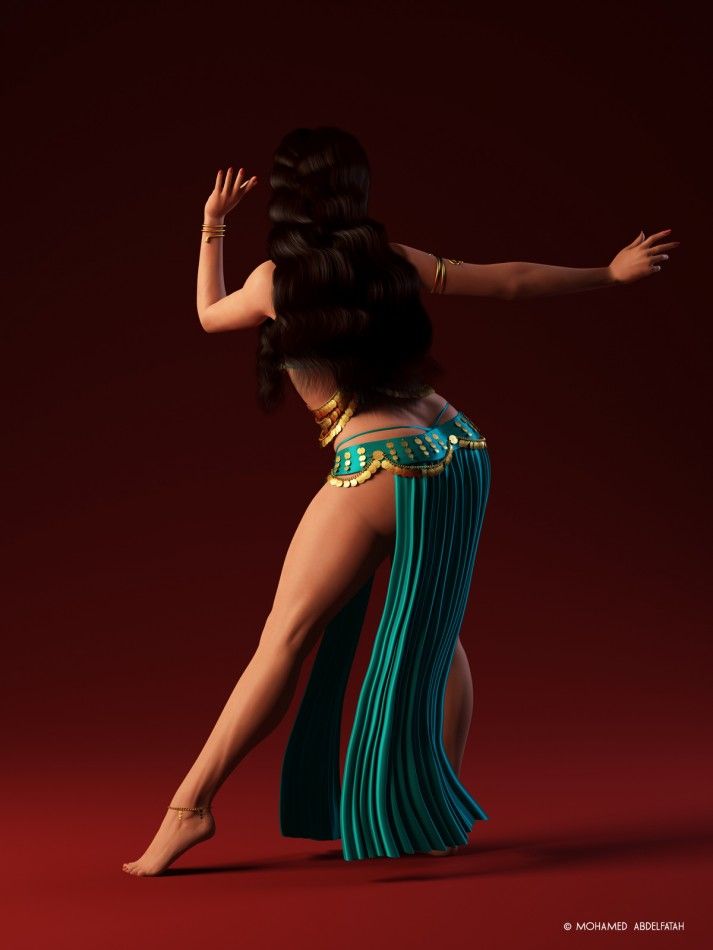
The dance industry is now very broad and is represented by many dance styles. Some of them can even be called homophobic. Dances reflect the general attitude to the world and it is different depending on the life position and worldview of a person.
In many dances there is contact between the dancers. In Russia, dance contact between men has always been perceived very intensely. In most other countries it is different. An example of the fact that this tension is associated only with the dance theme and does not apply to other areas is, for example, wrestling. When practicing techniques, men are in much closer contact with each other. Sometimes lying on the floor and holding each other tightly. The historical roots of Greco-Roman wrestling are also ambiguous from a sexual point of view. But in our country, unlike dance, they are perceived as acceptable and brutal.
Dance, like the culture of speech, makes a modern person more successful and self-confident.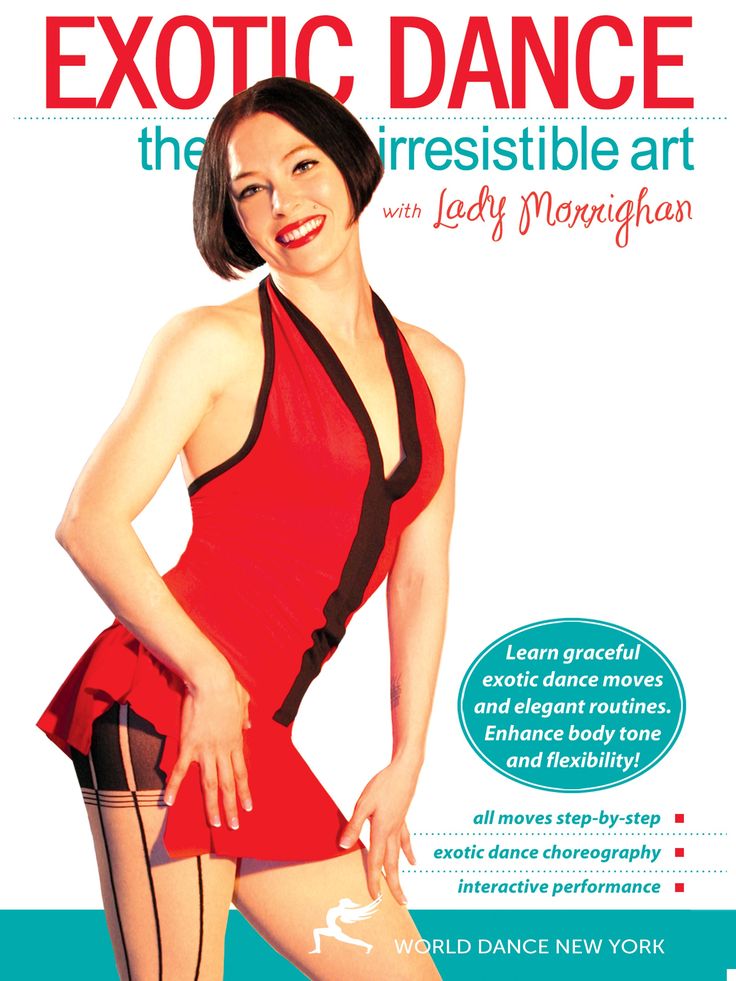 The ability to control one's body, tune in to another person and the ability to be aesthetic in the plasticity of movement is valuable in the modern world. If we add here the pleasure of the process and the availability of dance as such, then the possibilities of this activity can hardly be overestimated.
The ability to control one's body, tune in to another person and the ability to be aesthetic in the plasticity of movement is valuable in the modern world. If we add here the pleasure of the process and the availability of dance as such, then the possibilities of this activity can hardly be overestimated.
It's sad when interested people are stopped by prejudices and myths that have nothing to do with dancing. Freedom in body movements begins with freedom of thought and willingness to change.
I hope that this review will help to take a different look at the dance culture for those who still have doubts about whether to start dancing.
Share on social networks:
Modern dance to modern music
How dancing can become an addiction
The fear and magic of tango
Dangerous sexuality
How dancing on video differs from dancing in movies
The self-destruction of the pair dance community
The Salsa series as a mirror of the community
Destroying the myths about leading pair dance
Does dancing make us better?
12 life hacks to quickly learn how to dance
The seven deadly sins of teachers
Why we will never dance bachata like the Dominicans
Why tango?
Debate over musicality
Selection of dances according to alcohol preferences
Where to find inspiration for dancing?
Terrible tango nuevo
Distribution of roles in a salsa party
Argentinean tango through the eyes of a salsa dancer
Is there a predisposition to dancing?
Which is more effective: individual or group lessons?
Sexual overtones in couple dances
Jobs for dancers in Moscow, dancer vacancies on YouDo
How to get an order?
- Select a task and respond to it
- Become a performer and complete your profile
- Get paid after completing task
Customer Orders
FAQ
In 2022, YouDo turned 10 years old. During this time, hundreds of thousands of performers have connected to the service and successfully earn money by completing orders. Well-known Russian and foreign mass media write about us.
During this time, hundreds of thousands of performers have connected to the service and successfully earn money by completing orders. Well-known Russian and foreign mass media write about us.
YouDo customers are ordinary people who need a service right now. To learn more about a client, take a look at their profile and read their reviews.
In tasks with a risk-free transaction, the money is credited to your bank card after the successful completion of the task. You can also agree with the customer on any other payment method convenient for you.
Start with simple orders and leave as many responses as possible. When the first positive reviews appear, it will become easier to receive assignments.
You can read authentic reviews in your customer profile, and our support team is available every day to answer your questions.
If you want to perform assignments from legal entities, get the status of a business executor.
Thousands of orders are posted daily on YouDo. We are constantly working to increase this number, and performers always find suitable tasks for themselves. To receive an order, you need to respond to it. Along with advertising the services of the contractor, we send the customer contacts that remain with him forever. For this we charge. The contractor pays for each response separately or connects an unlimited package and responds without restrictions. Money for the response is returned only if the task violates the rules of the service.
You are here:
- home
- Work at YouDo
- Events and promotions
- Household repairs
- Installation and repair of machinery
- Computer help
- Repair of digital equipment
- Virtual Assistant
- Photo and video services
- Web Development
- Legal aid
- Cleaning and household help
- Beauty and health
- Auto
- Tutors, training
- Trucking
- Courier services
- For women
- For girls
- For men
- For pensioners
- For students
- For the disabled
- Holidays
- Needlework
- Security services
- Miscellaneous
- Personnel manager
- Engineer
- Seller
- Workshop workers
- Cashier
- Learn more
- Learn how to praise dance

- How to dance old school
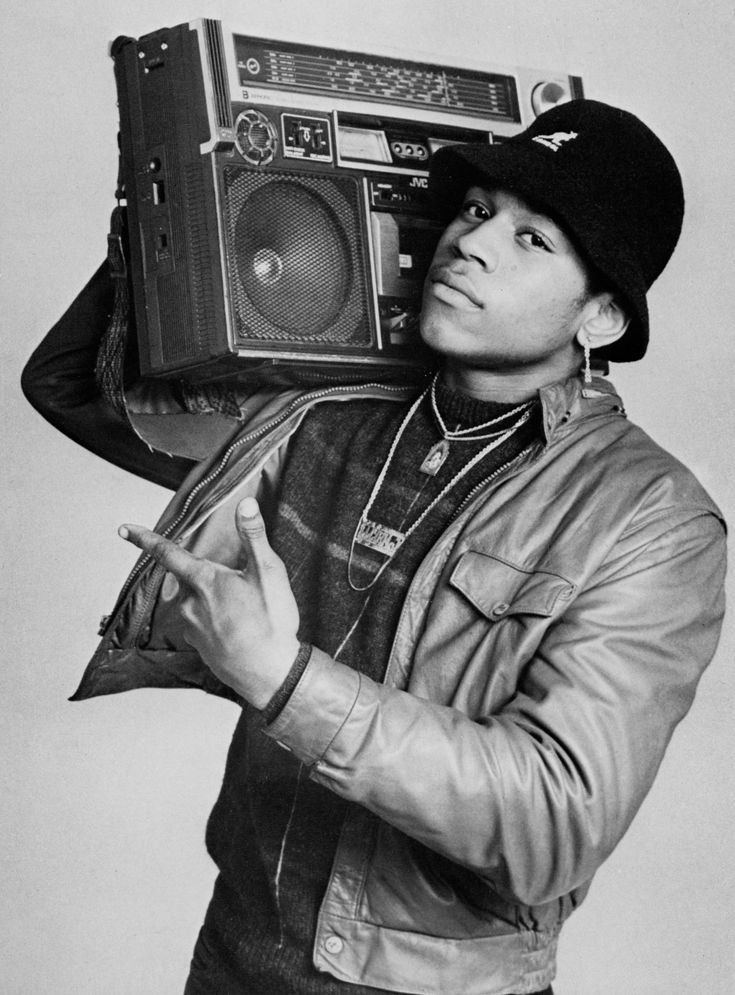
- How to do the cupid dance
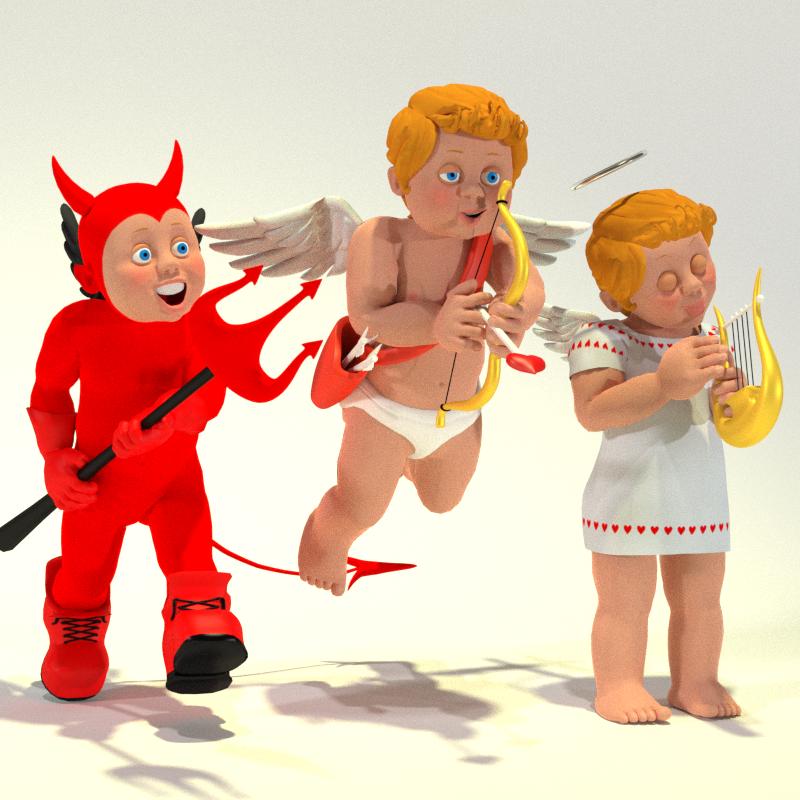
- How to dance on2
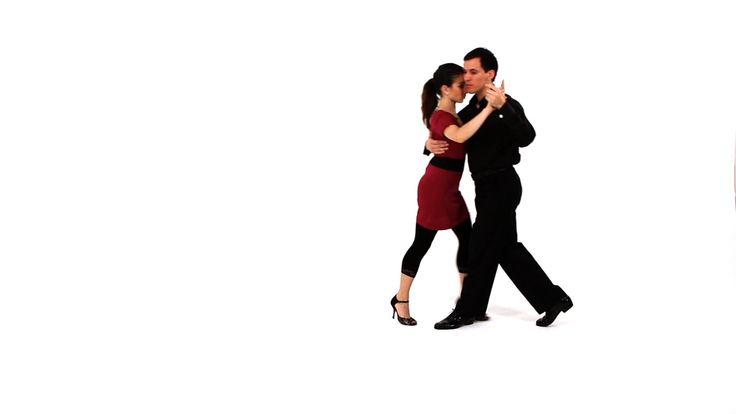
- How to dance the charleston youtube

- When you taught me how to dance miss potter

- How to be an exotic dancer

- Learn how to praise dance
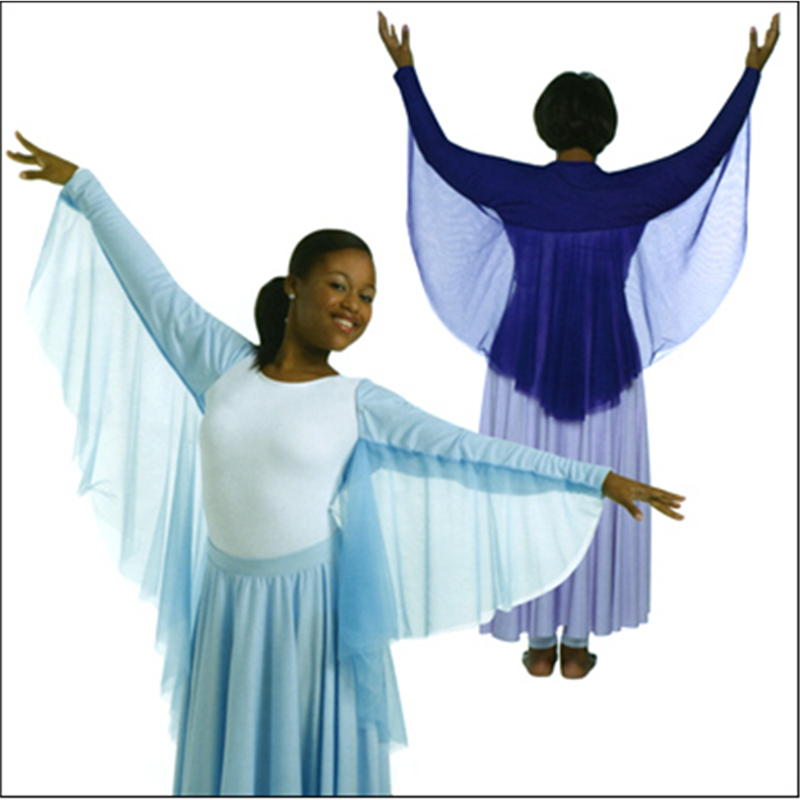
- How to dance old school
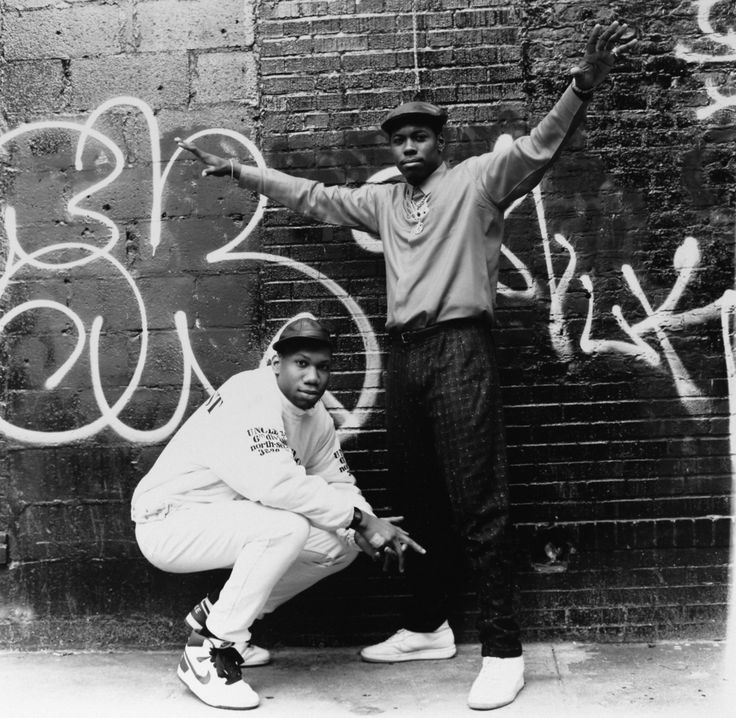
- How to do the cupid dance
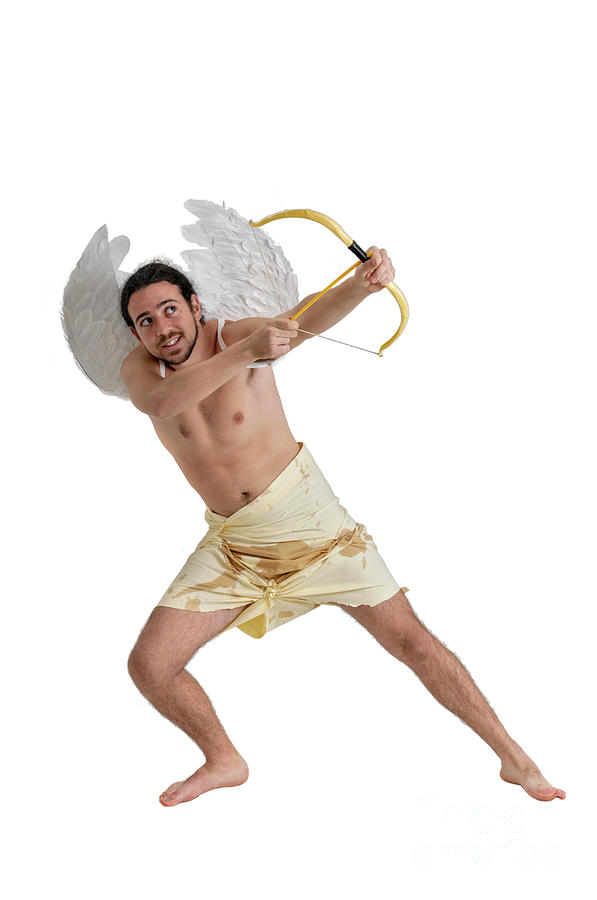
- How you love me line dance

